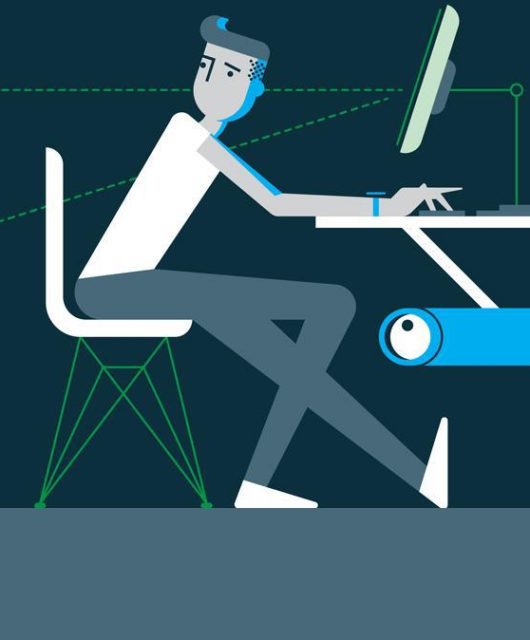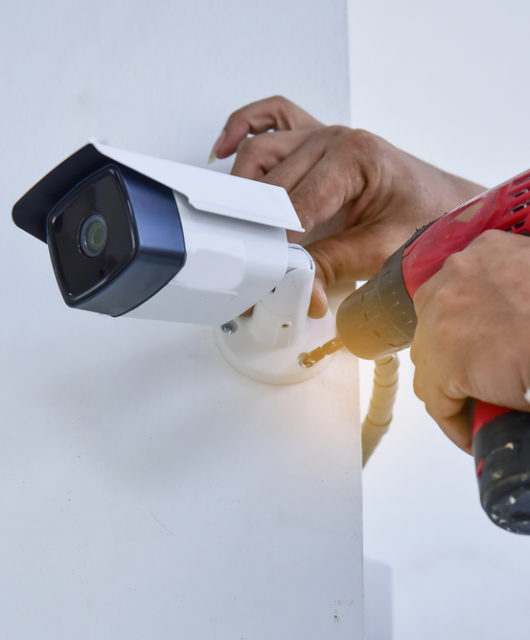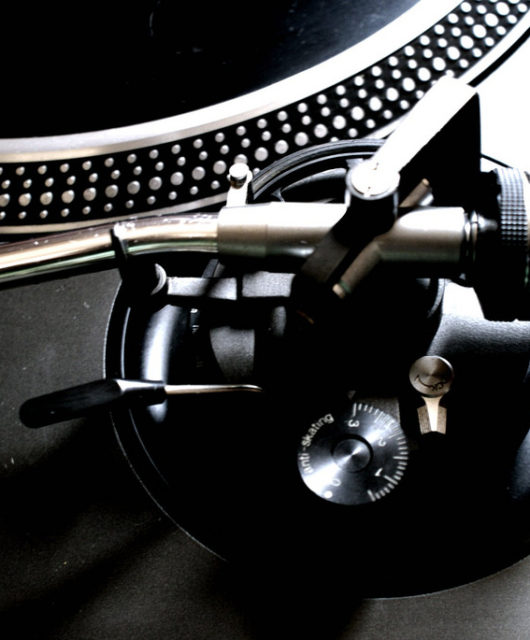Want to Improve a Skill? Use Video Self-Modeling
There are rarely any shortcuts when learning a new skill. You have to put in the hours and the effort if you’re going to get better, and there’s no “easy trick” that allows you to jump ahead of your skill level, prematurely in relation to your experience. But there are methods and approaches that can help you make the most of your practice and/or training—and one of them is currently underutilized.
Enter Video Self-Modelling
Video self-modeling is basic, in concept, but has the potential to help just about anyone develop just about any skill. The idea is to record yourself doing some desired behavior or task successfully, then imitate those actions after reviewing the footage. It’s a form of visual learning that helps you get more consistent at things you currently perform inconsistently and provides a boost in confidence—since you can see yourself capable of doing things.
Historically, video self-modelling has been used for social learning, especially among children on the Autism spectrum. Some of the most common applications include guiding children through the following:
- Classroom behavior
- Independent living
- Physical skills
- Social behaviors
- Speech and communication behaviors
Implementing video self-monitoring involves recording a participant (yourself, if you’re the one trying to improve, or a student, if you’re a teacher) doing a specific task. If the participant struggles to accomplish the task consistently, it may take recording several attempts, or hours of footage throughout the day.
Afterward, you’ll want to edit the footage or otherwise focus on a video clip that exhibits the participant executing the task ideally. From there, you can watch and re-watch the video, ideally just before you attempt to execute the same task; for example, you might coach a child to watch themselves behaving well in the classroom immediately before class starts.
Tweaking Self-Modelling to Your Needs
At this point, you may be wondering how video self-modelling could apply to people without existing social disorders or learning disabilities, or functional adults. But while video self-modeling’s most common application is among children with specific cognitive challenges, the core concept can still be effective for anyone attempting to master a skill or change their behavior because it accomplishes three goals:
- Providing a visual tool for learning. Visual learning isn’t inherently better than other types of learning, but it’s easier for most people to approach. Seeing yourself commit an error in real-time, from a third-person perspective, can highlight what you’re doing wrong much better than simply paying attention from a first-person perspective.
- Reinforcing your self-confidence. Seeing yourself perform an action successfully also improves and reinforces your self-confidence, which you wouldn’t get if you were watching someone else perform the action. This is especially powerful if you’re struggling and/or feeling self-conscious about your inability to perform a certain task—and continually reinforced if you re-watch your performance multiple times over.
- Focusing your efforts. Video self-modeling also allows you to concentrate your efforts on what matters most. In the video, you’ll see exactly what you’re doing wrong, and you’ll be able to focus on what’s specifically holding you back.
With that in mind, you can use video self-modelling for a wide variety of applications:
- Sports and exercise form. Video analysis is common in sports and exercise. It’s much easier to see when your form is off, or why you’re not able to improve, when you watch yourself from a distance. It’s also much more rewarding to see yourself performing a perfect dive or lifting weight with perfect form than it is to watch a random YouTube video of a professional doing it. This is also a good way to boost your confidence, especially if you watch yourself excelling immediately before a big match or a heavy workout.
- Making or breaking a habit. Video self-modelling could also be used to help you make or break a habit. For example, if you’re trying to stop yourself from biting your nails when under stress, you could record yourself keeping your hands still on a table during a stressful event.
- Improving social or speaking skills. You can also use video self-modelling the same way it’s frequently used in classrooms; to improve your social or speaking skills. Record yourself giving a speech, or having a conversation with someone, and watch the footage to improve your approach (or build your confidence).
Video self-modelling isn’t the best way to learn for everyone, but it exists as a powerful tool that can facilitate faster learning for those who favor visual learning, or those who need an extra boost of confidence. And thanks to the availability of video capturing technologies, it’s easier than ever to get started with it—and you don’t have to be a trained professional to make use of it. Grab your gadgets and give this ago to see if it works for you!










